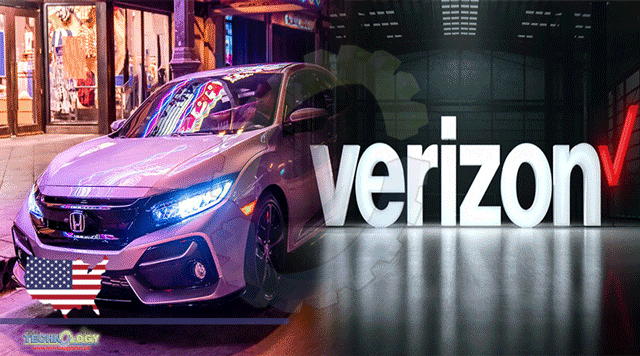Honda, Verizon Will Use Uni Of Michigan’s Mcity To Study How 5G Can Be Used With Edge Computing To Enable Faster Communication Among Cars.

Honda And Verizon VZ Announced Thursday They Are Collaborating To Use 5G Cellular Technology To Advance Vehicle-To-Vehicle And Vehicle-To-Infrastructure Communication. The Two Companies Will Use The University Of Michigan’s Mcity To Study How 5G Can Be Used With Edge Computing To Enable Faster Communication Among Cars, Pedestrians And Infrastructure. The goal is to avoid collusions and improve traffic flows.
“Honda’s research collaboration with Verizon is an important step in our multi-year effort to develop connected vehicle safety technology,” said Dr. Ehsan Moradi Pari, head of Honda’s advanced technology research division, in a statement. “While the research is preliminary and not intended as a product feature at this time, 5G-enabled vehicle communication and edge computing have the potential to advance safety for everyone sharing the road.”
Brian Peebles, Verizon’s senior manager of technology development, said the partners have plans to test 5G-enabled vehicles on public roads in at least four cities this year. The foundation of the project is Honda’s Safe Swarm artificial intelligence technology, which it began developing in 2017. The system connects vehicles to each other and to transponders in road networks so that vehicles can detect risks before a driver could. In the case of vehicle-to-infrastructure communication, vehicles can alert drivers to congestion or accidents on their route and suggest alternative routes to avoid them.
Honda and Verizon are betting that the scope of 5G technology can communicate much faster than an individual car’s computer. The 5G system can gather more data from many cars and infrastructure signals and process them more quickly. One scenario that Verizon and Honda tested was a driver running a red light. Using Honda’s Swarm system with Verizon’s vehicle-to-infrastructure software, they could detect the threat from the red light runner and send a visual warning to other vehicles approaching the intersection.
They have also tested scenarios in which a pedestrian may be obscured by a building or other vehicle, as well as situations such as a car’s loud audio system preventing the driver from hearing an emergency vehicle’s siren. The initial stages of the project will focus on vehicles with human drivers fully engaged, the technology could evolve to deliver the same safety benefits to fully autonomous vehicles in the future. There are unresolved issues before that can happen. To achieve maximum results this technology only works on those vehicles and roadways equipped with the necessary sensors.
Another challenge is communicating the warnings to pedestrians. There would need to be massive investments in the widespread deployment throughout existing infrastructure, and consumers and states and cities would need to buy into the expenditures and the technology. The upside, however, is a substantial reduction in the more than 40,000 traffic fatalities and 2 million injuries each year just in the United States.
This news was originally published at Forbes.